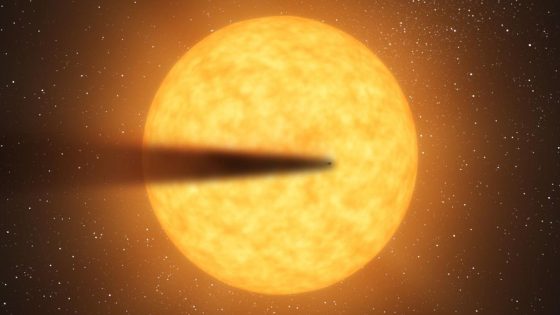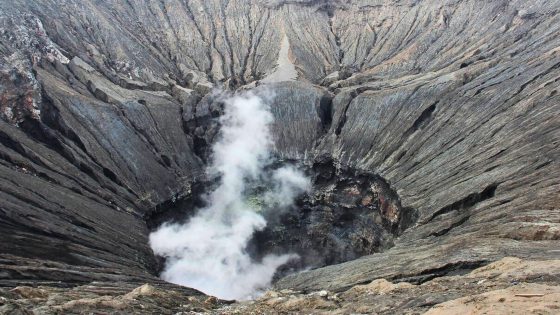Life as we know it thrives on Earth, but scientists warn that this could change dramatically in the future. A recent study predicts that the planet’s oxygen-rich atmosphere may revert to a methane-dominated state in about a billion years. What does this mean for life on Earth and our search for extraterrestrial life?
- Earth's future atmosphere may be methane-rich.
- Oxygen levels will decline rapidly in future.
- Life on Earth will face extinction risks.
- Research aids in detecting extraterrestrial life.
- Microbial life may persist after human extinction.
- Oxygen-rich period is a small fraction of Earth's history.
What Will Happen When Earth’s Oxygen Levels Drop Significantly?
Could our planet’s vibrant life be at risk? Researchers predict that Earth’s atmosphere will eventually lose its oxygen, leading to a world inhospitable for most life forms. This alarming transition is expected to occur rapidly, reshaping the biosphere as we know it.
Understanding the Future of Earth’s Atmosphere and Life
As scientists study the dynamics of Earth’s atmosphere, they emphasize that oxygen may not be a permanent feature of habitable worlds. The implications are profound for our understanding of life on other planets. Key points include:
- Oxygen levels are expected to drop dramatically, affecting all aerobic life.
- The transition will likely occur before severe climate changes and loss of surface water.
- Microbial life may persist long after humans are gone.
- The future atmosphere will be rich in methane and low in carbon dioxide.
How Will Changes in Sunlight Affect Earth’s Atmosphere?
One of the main drivers of this atmospheric shift is the increasing brightness of the Sun. As the Sun ages, it emits more radiation, leading to a breakdown of carbon dioxide. This reduction will impact photosynthesis, resulting in less oxygen production. The study suggests that this process could lead to a dramatic drop in oxygen levels—potentially a million times lower than today.
What This Means for the Search for Extraterrestrial Life
The findings have significant implications for how we search for life beyond our solar system. Traditional methods focus on detecting oxygen as a biosignature. However, this research suggests that we may need to consider other indicators of life, such as methane levels. As telescopes improve, scientists will need to broaden their criteria to identify potential biosignatures in distant exoplanets.
The Long-Term Outlook for Life on Earth
Despite the grim outlook for oxygen-dependent life, microbial organisms may thrive in a future low-oxygen environment. The study indicates that the oxygen-rich phase of Earth’s history may last only 20-30% of the planet’s lifespan. This raises questions about the resilience of life and how it adapts to changing conditions.
In conclusion, while life flourishes today, the future of Earth’s atmosphere poses challenges that could reshape life as we know it. Understanding these changes is crucial for both our planet and the ongoing search for life elsewhere in the universe.

































